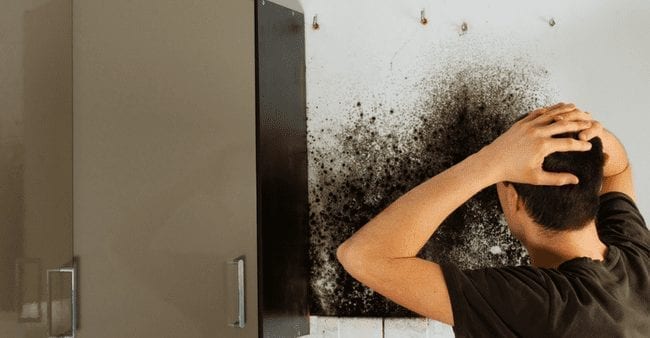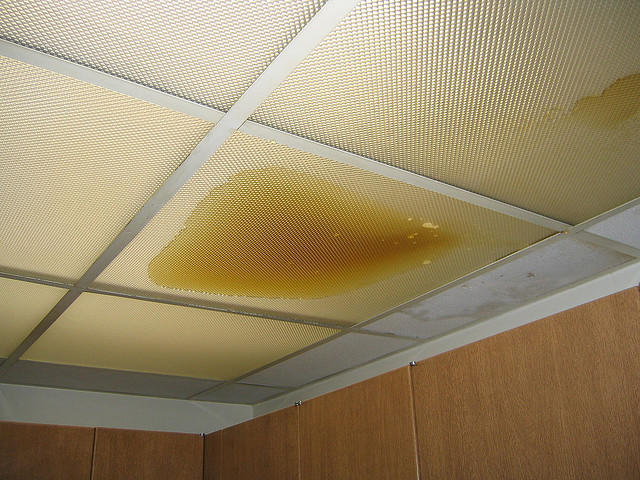The content which follows on the subject of Finding hidden leaks is totally attention-grabbing. You should take a peek.

Early detection of dripping water lines can alleviate a possible calamity. Some little water leaks may not be visible.
1. Take A Look At the Water Meter
Every home has a water meter. Examining it is a guaranteed manner in which aids you discover leakages. For beginners, shut off all the water sources. Make certain no person will purge, use the tap, shower, run the washing machine or dish washer. From there, go to the meter as well as watch if it will alter. Considering that nobody is utilizing it, there must be no motions. That indicates a fast-moving leak if it relocates. Furthermore, if you identify no changes, wait a hr or more and examine back once more. This implies you might have a sluggish leakage that might also be underground.
2. Inspect Water Usage
Evaluate your water costs as well as track your water consumption. As the one paying it, you should notice if there are any kind of disparities. If you find sudden changes, despite your intake coinciding, it means that you have leaks in your plumbing system. Keep in mind, your water costs need to drop under the same range monthly. An unexpected spike in your bill indicates a fast-moving leak.
A steady boost every month, also with the exact same behaviors, shows you have a slow-moving leak that's additionally slowly intensifying. Call a plumber to thoroughly inspect your residential or commercial property, specifically if you feel a warm area on your flooring with piping below.
3. Do a Food Coloring Examination
When it comes to water usage, 30% comes from commodes. If the color in some way infiltrates your dish during that time without flushing, there's a leak in between the container and also bowl.
4. Asses Exterior Lines
Do not forget to examine your outside water lines too. Needs to water leak out of the connection, you have a loosened rubber gasket. One tiny leakage can squander loads of water and increase your water bill.
5. Evaluate as well as Assess the Circumstance
Home owners ought to make it a behavior to examine under the sink counters and also inside cabinets for any kind of bad odor or mold development. These two red flags indicate a leakage so timely interest is required. Doing regular examinations, also bi-annually, can save you from a significant issue.
Inspect for stainings and damaging as many pipelines and home appliances have a life expectations. If you think dripping water lines in your plumbing system, don't wait for it to intensify.
Early discovery of dripping water lines can mitigate a prospective catastrophe. Some little water leaks may not be visible. Inspecting it is a proven means that aids you discover leaks. One tiny leak can waste tons of water and spike your water bill.
If you think leaking water lines in your plumbing system, don't wait for it to escalate.
WARNING SIGNS OF WATER LEAKAGE BEHIND THE WALL
PERSISTENT MUSTY ODORS
As water slowly drips from a leaky pipe inside the wall, flooring and sheetrock stay damp and develop an odor similar to wet cardboard. It generates a musty smell that can help you find hidden leaks.
MOLD IN UNUSUAL AREAS
Mold usually grows in wet areas like kitchens, baths and laundry rooms. If you spot the stuff on walls or baseboards in other rooms of the house, it’s a good indicator of undetected water leaks.
STAINS THAT GROW
When mold thrives around a leaky pipe, it sometimes takes hold on the inside surface of the affected wall. A growing stain on otherwise clean sheetrock is often your sign of a hidden plumbing problem.
PEELING OR BUBBLING WALLPAPER / PAINT
This clue is easy to miss in rooms that don’t get much use. When you see wallpaper separating along seams or paint bubbling or flaking off the wall, blame sheetrock that stays wet because of an undetected leak.
BUCKLED CEILINGS AND STAINED FLOORS
If ceilings or floors in bathrooms, kitchens or laundry areas develop structural problems, don’t rule out constant damp inside the walls. Wet sheetrock can affect adjacent framing, flooring and ceilings.
https://www.servicemasterbyzaba.com/blog/how-to-detect-water-leakage-in-walls/

We had been made aware of that write-up about Leaking water lines from a good friend on our other web blog. So long as you enjoyed reading our article if you please don't forget to share it. Thanks for going through it.